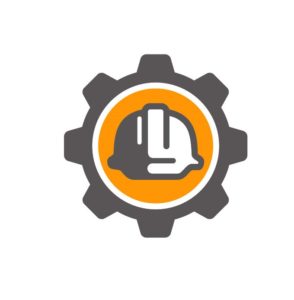
Project Documentation
With projects, there are multiple “plans” being used, plans from the owner, prime and subcontractors. When the three levels are merged during the actual construction, differences quickly become apparent.
HSMP-Health and Safety Management Plan
The owners plan (HSMP) is created pre-project as an overview and will normally contain items that are a general guideline such as “Approved for task” and “Certified to X standard”. These are guidelines and will be more focused in the Prime’s PSSP.
PSSP-Project Specific Safety Plan
The prime contractor’s plan (PSSP) will continue to drill down towards actual field activities, but will not be specific to any one activity, covering the overall anticipated work to be done with the specific documentation coming from the subcontractors.
Company Safety Plan
The subcontractors plan, which is not always requested, will provide the actual detail as to how the work will be accomplished through JHA’s and Risk matrixes. These documents provide the most information as to how the work will be completed and need to be reviewed and agreed upon before starting at site.
This is an area that is often overlooked by the subcontractor as they are eager to start the work and simply submit their H&S program for review, agreeing to make any changes required by the prime. The prime contractor has agreed to “Meet or Exceed” the plans laid out by the owner’s HSMP and that’s the priority when reviewing the subcontractors program. Here’s the problem, the HSMP makes blanket statements based on what hazards are perceived to exist and controls are developed that may not be achievable when specific work is started by the subcontractor.
On a recent project, the HSMP stated that ratchet style load binders (Boomers) used for securing loads must be of X rating suitable for intended load. There was no mention of “Over center” style of load binders. The prime’s PSSP stated that the load binders used on the project must be of X rating for the anticipated loads (Meet or Exceed statement) and that only ratchet style load binders would be acceptable. This worked fine until trucks arrived to load and haul logs off the site. The trucks used “Over center” style load binders which were the industry standard yet were told that they were non compliant. This led to the subcontractor having to apply for a variance from the prime, which in turn had to apply to the owner level.
The point is that there are blanket statements in the H&S planning levels above the subcontractor that directly affect the operations at site, which often don’t surface until the operations are underway.
JHA’s and SWP’s
This illustrates the importance of the subcontractor developing very thorough Job Hazard Assessments (JHA) and Safe Work Procedures (SWP) for each activity they will be performing at site AND having the documents reviewed and agreed to by the Prime Contractor.
By reviewing the individual JHA’s with the prime contractors H&S team, any issues will quickly surface that can be addressed in planning and will ensure all parties know what the “Norm” will be when the work starts at site. Having the prime signoff on your Job Hazard Assessments and Safe Work Procedures will ensure that all parties are aligned and that there isn’t daily issues with opinions at site as to what is an accepted practice.

The HSMP is written by the owner and doesn’t address items that are specific to one activity, it’s an overall project guideline. It’s a minimum standard that the prime’s PSSP must aspire to.

The PSSP is written by the Prime contractor who may not have a thorough understanding of the specific work hazards that the subcontractor will face or the procedures and equipment to be used. Make sure that the SWP’s and JHA’s are reviewed and signed off by both parties to prevent work stoppages and delays.


0 Comments